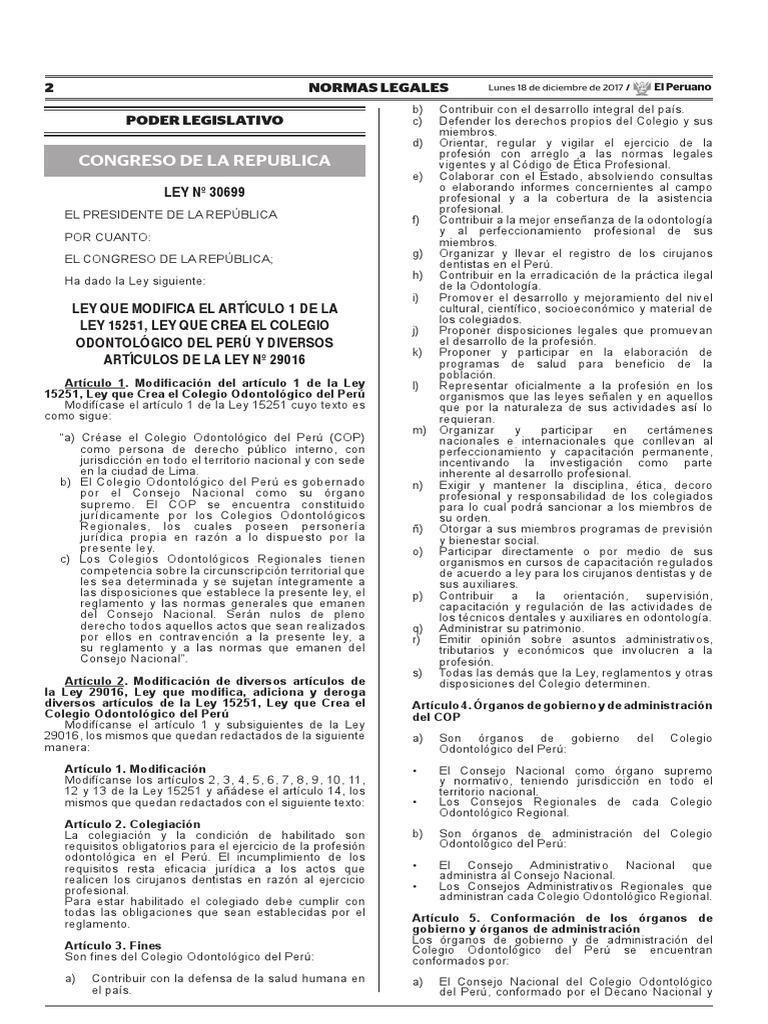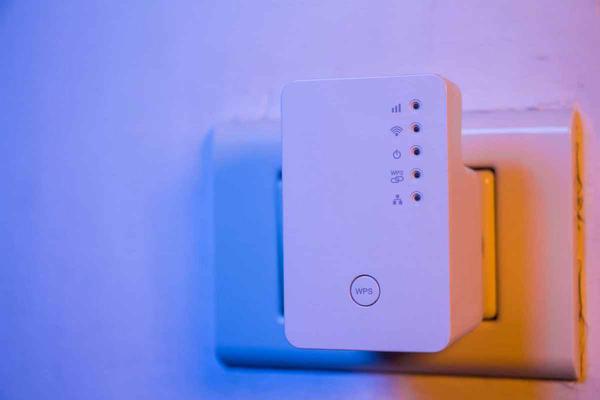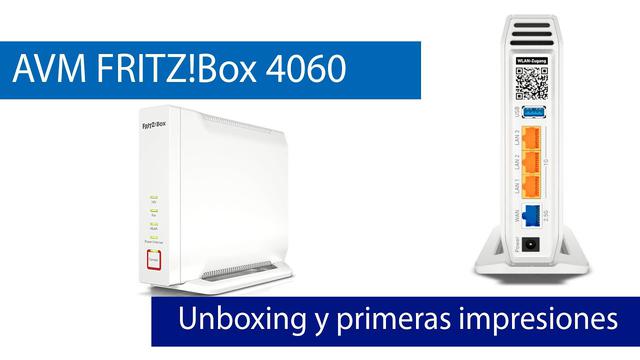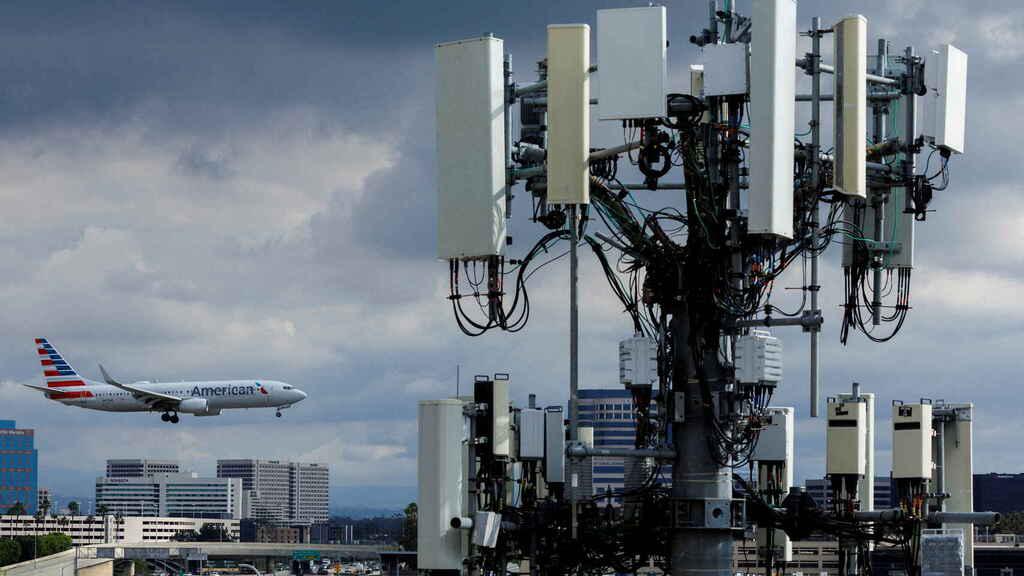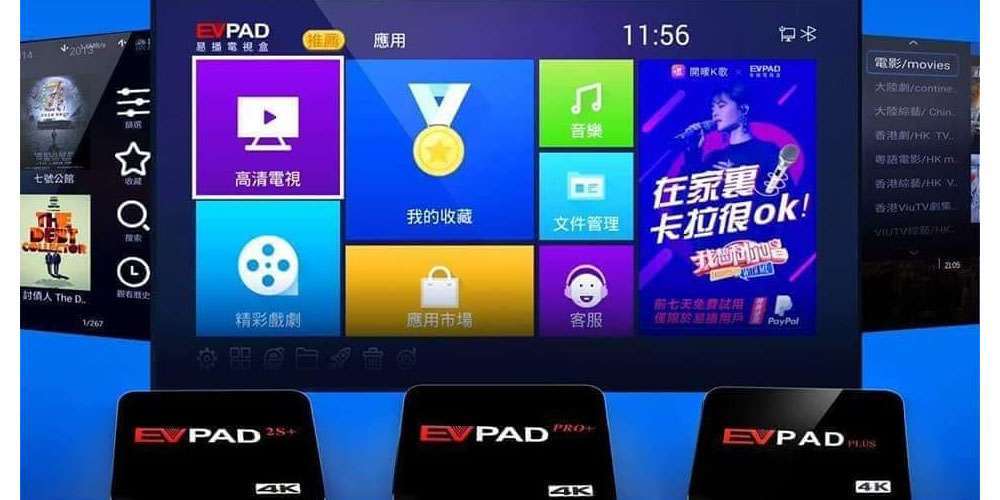EMI in switched sources
Solving or minimizing the problems that electromagnetic interference (EMI, electromagnetic interference) entails, is one of the key challenges in the design of switching food systems or AC-DC converters.In this same set, modern DC-DC converters are incorporated, which, little by little, are gaining place in the optimized design thanks to their high energy efficiency, especially when the systems work operated with batteries support.The enormous growth of the rechargeable battery market indicates that the portability of electronic equipment is an expanding constant and that the most efficient systems in energy matters can be the most harmful, due to the enormous amount of emi that radiate.Remove them? A chimera.Reduce them?, A possibility that we should not put aside in our designs.
Electromagnetic interference (EMI) is being seen as one of the most important challenges, during the design of current AC-DC and DC-DC converters.This problem can be considered in this way because its elimination, total and/or direct, is basically impossible.However, the great work of design engineers around the world aims to try to minimize, as much as possible, its origins and their effects.The own noise generated by the switched sources spreads by the network in a uncontrolled way, affecting in many cases the operation of electronic equipment that shares the use of the same home electricity network.These noises are generated at the times when a sudden beak occurs (and very short), both tension and current and as a general rule, come from power switching systems on the primary side of the converter.Although most converter designs use a traditional topology, based on PWM controlled switchingof power (always on the primary side of the converter) as the resonant and the quasi-resonant, they are gaining ground in the market.
PWM controlled systems, for those who do not know, use a rectangular control signal, which has a variable and permanent impulse width, depending on the energy demands of consumption and operation to which the converter is subjected.Usually, the result ends up being an input voltage switch on a transformer that, to each cut-cononexation (switching), generates a huge multiplicity of harmonics that form a “white noise” that is distributed in most of the spectrum.If this noise is not properly filtered, shielded, or reduced by effective techniques, travel through the home network cables interfering all kinds of electronic equipment that use the network and even radiates at such high levels that, for example, preventReception of a modulated amplitude station (550khz - 1700khz), near a team that works with this type of converters.In the most severe cases, in their vicinity they cancel the operation of mobile phone systems, affect electro-medical equipment and cause unpredictable and incomprehensible failures in radiocommunications systems.
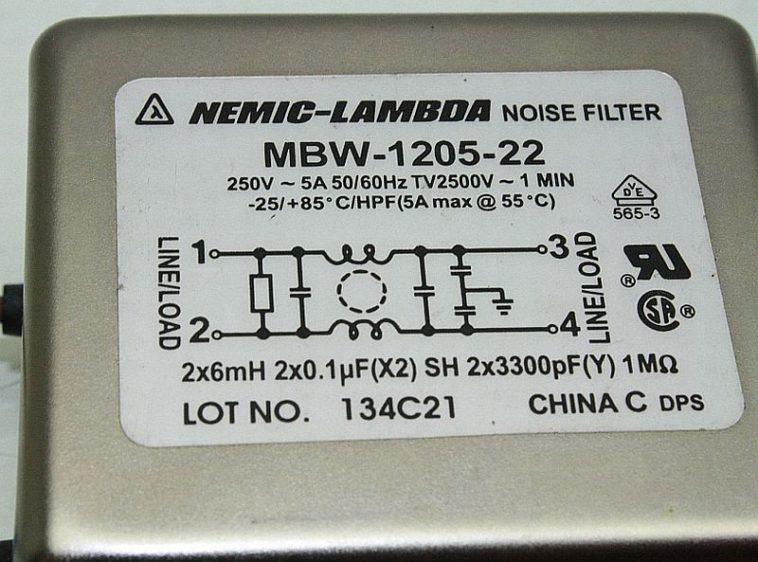
Most AC-DC converters incorporate EMI filters into the cabinet to mostly suppress noise and are based on simple inductive circuits that basically work in differential mode, next to capacitors (or capacitors) that are placed in parallel with the linenetwork feed.The most elaborate circuits, of higher quality and cost, also incorporate capacitors referring to GND that have the property of filtering noise and have a job called in common mode.AC-DC power converters are designed to satisfy various regulatory and security standards, including the various EMI standards that exist in Europe and America.The individual details and the standards that they meet are generally described with abundant information in the product documentation.However, during the integration of systems of several sub-systems, including an AC-DC current converter, a design engineer can be seen in the need to add more EMI filtering to the complete system (the sum of the noise of each stage) To comply with all the rules of the relevant agencies.An example of this case is an LCD TV or a notebook.The noise generated by the switched source that gives energy to the equipment, added to the noise generated by the PWM that controls the retro-cumination of the screen, adds a very powerful source of interference.Minimize until this huge invisible problem is almost eliminated, it is the sleeplessness of design engineers around the world.
In addition to the line filter stated before, the most intense work areas for any designer are distributed in many focuses or points of attention and among the most important, which are not given due attention in many designs, we find the classics "Land loops and the passage of cables or driving roads (switching noise carriers) that are not as short and armored as they should be.A too extensive and poorly decoupled to ground is presented as an antenna that "radiates" the outdoor switch noise, as well as the loops or earth ties distributed throughout the equipment.
On the other hand, these inductances favor a phenomenon known as "ring-up" that causes self-induction on themselves by leading to very high current peaks, which can lead to the system to collapse destroying the basic elements of protection and switching.This phenomenon is very common when sudden line voltage variations occur originated by multiple factors, such as energy supply problems (energy plant), even for impulses (brief and intense) consumption in the engine of the elevator of a building.Finally, we can add that protections with metallic oxide varistors (MOV) help protect and add solidity to the general noise filtering system.Are you interested in this struggle of designers against EMI?If you know about this topic and you can contribute knowledge to help designers to build more efficient and less "dirty" circuits.
report

